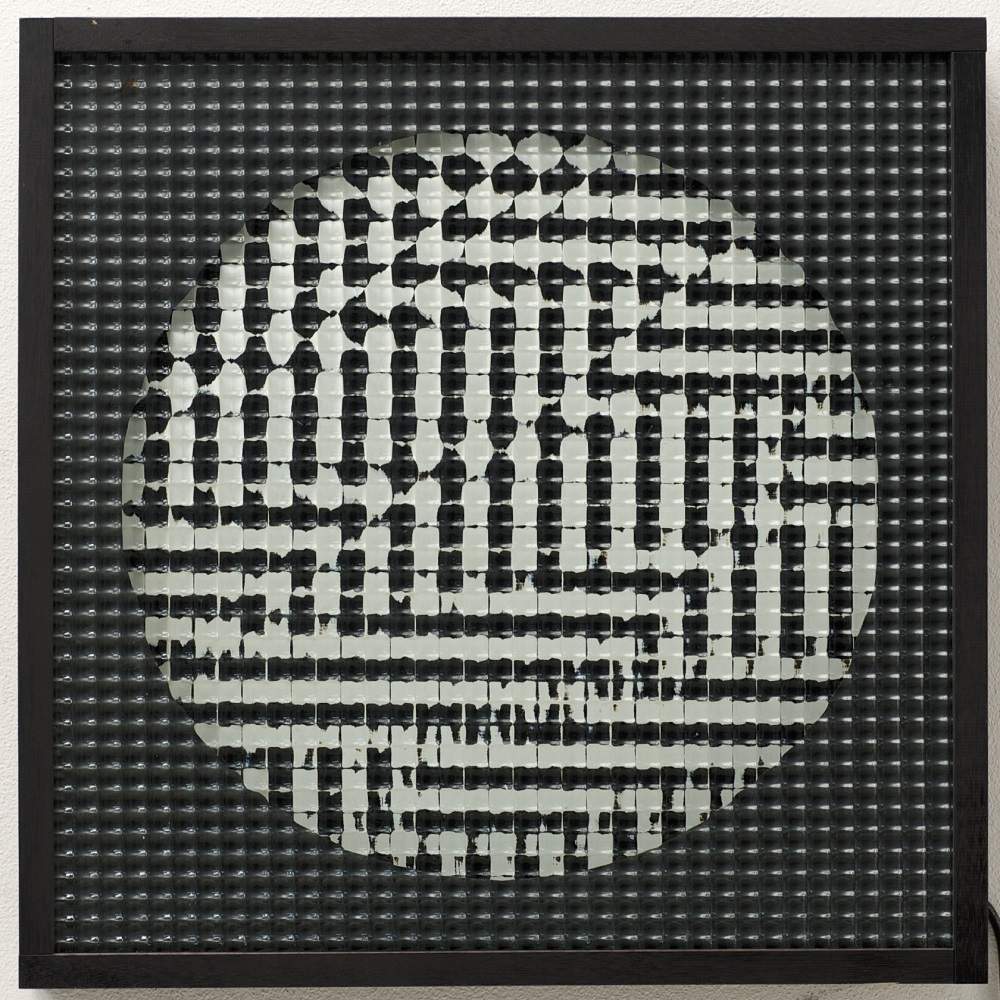From June 22 to September 16, 2022, in Milan, Palazzo Reale is hosting an anthological exhibition dedicated to one of the great protagonists of Italian contemporary art for at least sixty years: Grazia Varisco (Milan, 1937), co-founder of Gruppo T, among the pioneers of kinetic art. The exhibition is entitled Grazia Varisco - Contemporary Paths 1957-2022, and is promoted and produced by the City of Milan | Culture, Palazzo Reale and the Varisco Archive. Present in the exhibition are more than one hundred and fifty works that trace the research and experimentation practiced in a life dedicated to art, making this the most important exhibition on her work to date.The project, curated by Marco Meneguzzo, documents and restores more than sixty years of activity by the artist, an extraordinary interpreter of the visual arts, internationally recognized as a protagonist of our modernity, offering a glimpse of the rich and complex universe of themes and formal experimentation that have characterized her artistic career.
The exhibition brings together a selection of works in the rooms of the Palazzo Reale intended to represent the complexity and variety of research themes to which Grazia Varisco dedicated herself. The exhibition itinerary, presents the themes of the artist’s research articulated by type of experience. The Materici (1957-1959) are the early works of the 1950s made during her studies at the Academy in Brera, as experiences of reaction to the figurative. The Magnetic Tables (1959-1962), the first researches related to the formation of Gruppo T (of which Grazia Varisco is the protagonist together with Anceschi, Boriani, Colombo and De Vecchi), highlight the particular attention devoted by the artist to the representation of space-time and the strong interest in the dynamics of play, the elements of chance and program returned with unconventional forms of expression. This is followed by the artistic experiences of the mid-1960s, through which Grazia Varisco explores the reading of the moving image and the perception of space and time as phenomena in continuous becoming.
With the Variable Luminous Schemes (1962-1969), presented at the Venice Biennale on three different occasions, including the 2022 edition, Varisco experimented with materials completely outside the convention of artistic production, such as blue methacrylate, electric motors and neon light, to create images in continuous variation. In the Frangible Reticles, theMercurials, and the Variables + Quadriondas made between 1965 and 1971, the artist uses industrial glass and its properties of refraction and deformation as an element of image decomposition that changes with each movement of the viewer. The exhibition’s largest room features a re-edition of the historic solo show held at Galleria Schwarz in Milan in 1969, which constituted an important moment of synthesis of the kinetic artistic period while opening up to the environmental and participatory experiences of the 1970s, such as the “Campo Urbano” event in Como.
In fact, the large spaces of the Palazzo Reale accommodate the integral reconstruction of the environment Dilatazione spaziotemporale di un percorso, a completely dark space with inclined, curved and irregular walls, within which a point of intense light moves through the surfaces deforming and changing speed according to the inclination and deformation of the planes.
The artistic developments of the 1970s, are characterized by reflections related to the theme of Chance, of the uncalculated event as an element of investigation. In the series Extrapages (1973-1986), Potential Space (1974-1976), Sundial (1974) and Gnomons ( 1975-1982), the artist rediscovers a growing interest in the anomaly, the unexpected that opposes programming and spontaneously proceeds toward the experience of three-dimensionality. The 1980s and 1990s saw a progressive tension toward abstraction, essentiality and simplification of form, with more far-reaching experiments. From the tilted folds placed in balance of Duets (1986-1989) to the sculpture Oh! (1997), the artist’s works accommodate space without cluttering it, posing as unexpected elements that invite the visitor to reflect on the perception of fullness and emptiness.
Research in the new millennium sees Grazia Varisco’s work exploring new forms related to change and theambiguity of perception, engaging the viewer in a continuous dialogue between program and chance. Works such as Silenzi (2005), born out of the reuse of passe-partouts found as ready-made in the framer’s workshop, and Quadri Comunicanti (2008), where the artist explores the delicate and unstable balance between full and empty, aim to suggest a form of perceptual amusement, where rule and chaos dialogue in a constant tension of research and experimentation that is the real fil rouge of Grazia Varisco’s work.
The exhibition Grazia Varisco - Contemporary Paths 1957-2022 is realized with the support of Intesa Sanpaolo and Italmobiliare. A catalog published by Skira will be produced for the occasion.
Image: Grazia Varisco, Variable + Q 130 (1966; Kinetic object; Wood, industrial glass, electric motor, 55 x 55 cm). Courtesy of Archivio Varisco
 |
| An anthological exhibition of Grazia Varisco's work in Milan, tracing sixty years of her career |
Warning: the translation into English of the original Italian article was created using automatic tools. We undertake to review all articles, but we do not guarantee the total absence of inaccuracies in the translation due to the program. You can find the original by clicking on the ITA button. If you find any mistake,please contact us.